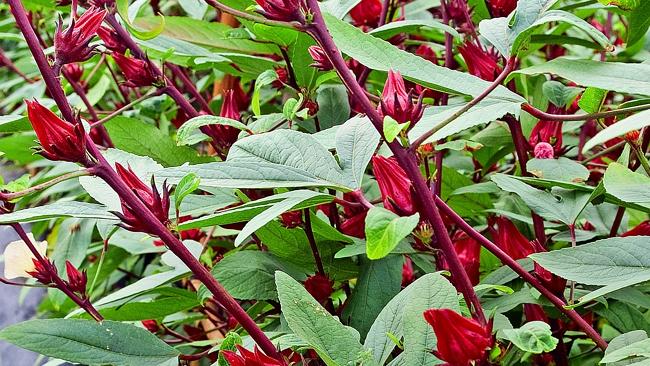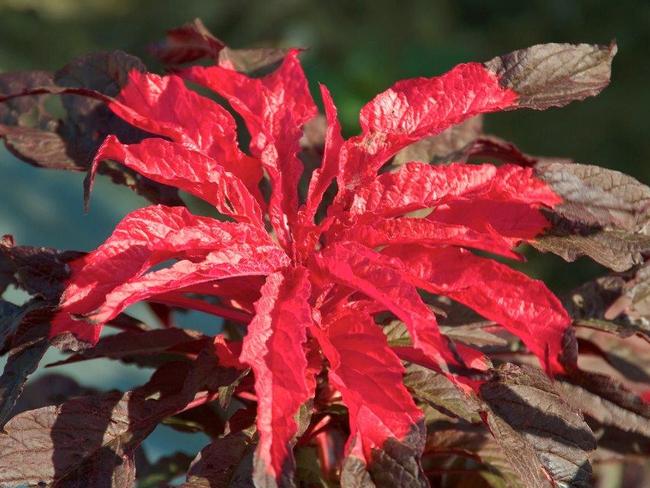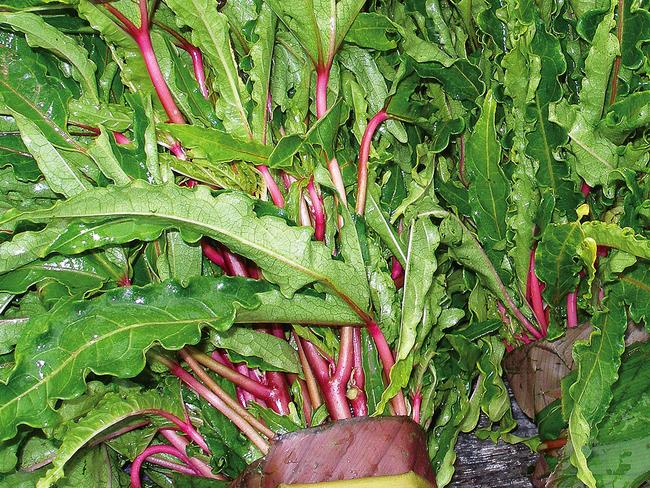Indigenous plants, fruits and vegetables could be key to human nutrition in the future
LETTUCE and cucumber have almost no nutrients so don’t bother, and let’s not start on broccoli. That’s the shocking reality of our fruit and veg, which is far less healthy than it used to be.

OUR vegetables are looking better than ever but many of them are less healthy they used to be thanks to modern farming practices.
“Over the last 50 years, as plant breeders breed for specific things like shelf life, and ignored nutrition, it has been falling slowly,” Dr Dyno Keatinge said.
“Cabbages, lettuce or cucumber have almost no nutrients in them.”
Now scientists are looking to indigenous plants as a better source of vital nutrients humans need to remain healthy.
Many of our fruit and vegetables have substantially less vitamins and minerals in them than they used to including broccoli, which one study found had less than half the amount of calcium it used to.

“Supermarkets are demanding round, red tomatoes and breeding companies are doing that, but they are not as nutrient dense as they might be,” Dr Keatinge said.
As the director general of The World Vegetable Centre, Dr Keatinge is convinced it will be native plants, fruits and vegetables that hold the answers to many future vitamin, calorie and mineral deficiencies as well as human nutrition, health and disease solutions.
RELATED LINK: Check out the nutritional value of indigenous fruit and vegetables
Dr Keatinge spoke about the potential of more obscure vegetables to improve human nutrition at the International Symposium on indigenous Vegetables this week as part of the International Horticulture Congress.
“For example, the jut mallow, you have only to eat a couple of hundred grams to get your Vitamin A requirement but if you ate cabbage, you probably need a kilo,” Dr Keatinge told news.com.au.
Another example is the Rosella hibiscus, which has much more vitamin C than an orange. Rosellas have about 260mg of vitamin C in each 100 grams, compared to about 50mg for each 100g for the citrus fruit.

Also known as the Queensland jam plant, it has flower buds that can be used to make james, jellies, chutneys and syrups.
Kutjera, or Australian desert raisin, is also a food source used by Aborigines for millennia, that Dr Keatinge believes could play a wider role in people’s diets in the future.
“While tomatoes and cabbage certainly make a contribution to health, there are hundreds of less well-known vegetables packed with vitamins and minerals, such as moringa leaves, bitter melon, leafy nightshade and amaranth, to name just a few, that can add much-needed nutritional diversity to diets,” Dr Keatinge said.

Another example is the slippery cabbage, which has significantly more Vitamin A and E, as well as folate, than the traditional cabbage.
Dr Keatinge said slippery cabbage was already been sold in niche markets in Brisbane but the next big step would be to see the vegetable semi-commercialised.

“One of the key questions is whether people can get seed. The seed companies are not interested in these species yet because they there not enough money in it,” he said.
“Slippery cabbage ... has a very high level of folate and is thus of considerable importance in the diets of pregnant women, yet this germplasm is not yet preserved in genebanks and is essentially at risk of being lost regionally owing to lack of research investment.”
Dr Keatinge said that most of the agricultural research money in Australia went to the beef and wheat industries and more should towards vegetables.
“We yet know little about suitable production, agronomy and post-harvest management for many of these useful species and quality seed availability remains an important constraint,” he said.
“Hundreds of these nutrient-dense indigenous vegetable species could enrich diets well beyond the areas where they typically are grown, if quality seed could be obtained and suitable agronomic and postharvest handling practices were applied.”




